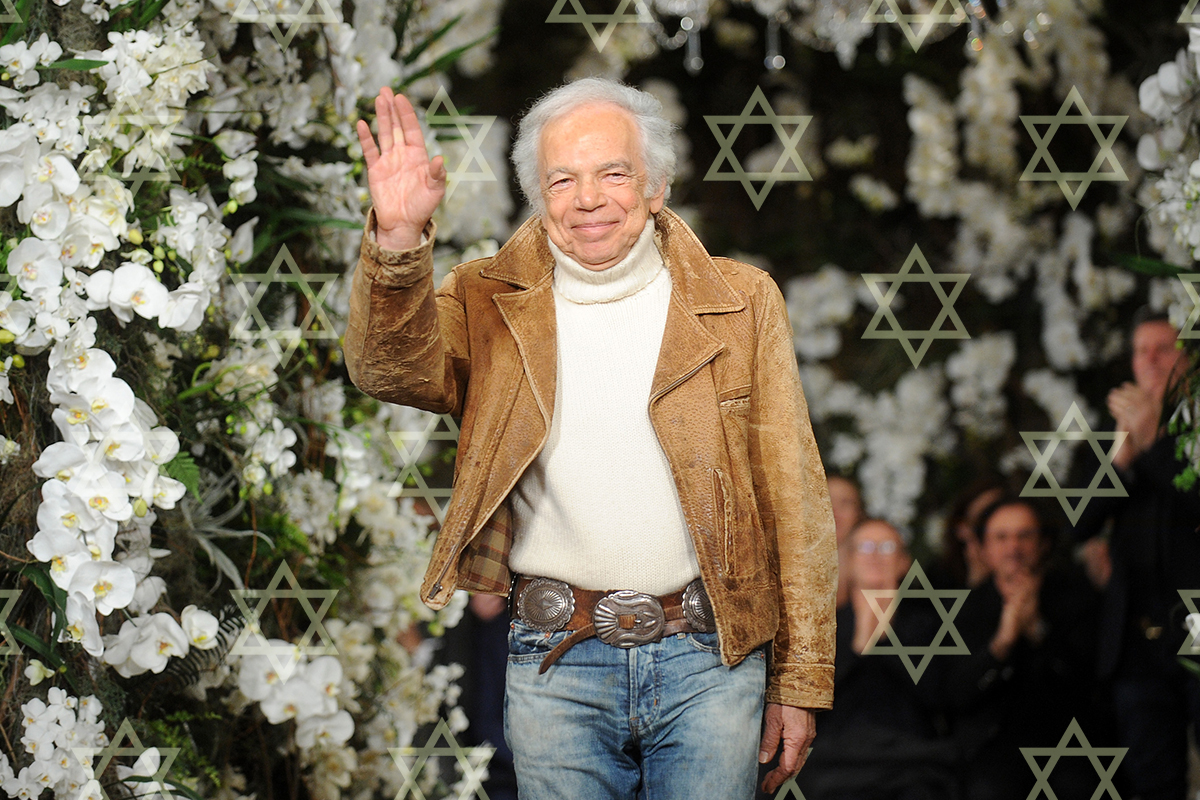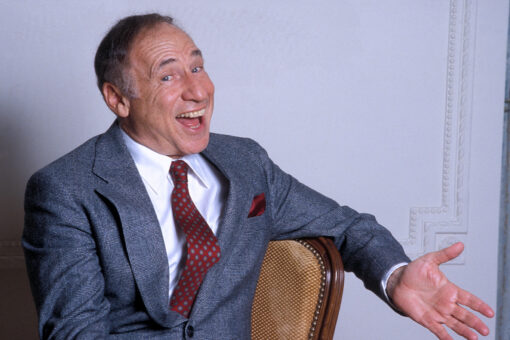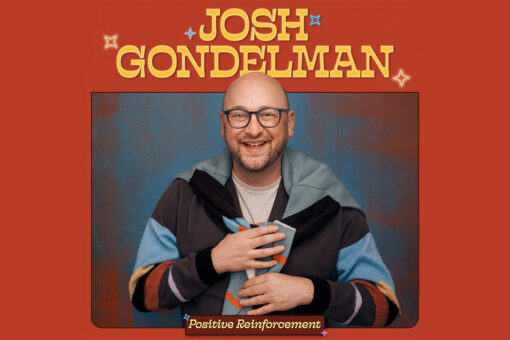When you think of Ralph Lauren, polo shirts on a Connecticut golf course might come to mind. The designer is known for creating an iconic, WASPy style, which makes it all the more surprising to learn of Lauren’s strong connection to the Jewish community. As someone who formerly interned at Polo Ralph Lauren in college and has now worked for nearly nine years in the fashion industry, Lauren’s Jewishness is not something that’s often spoken about. Though a new documentary called Very Ralph, which was released on HBO this past November, shines a light on the nuances of Lauren’s life, including his Jewish identity and the part it played in his trajectory as a fashion designer.
The American icon, who has been designing clothes since 1967, was born Ralph Lipschitz in 1939 to Ashkenazi immigrants who, like many Jews in the late 1800s/early 1900s, left Europe and came to the United States. In Very Ralph, we learn that his wife and longtime creative muse, Ricky, grew up hearing about her parents’ difficult experience living in Vienna, Austria. “They left when Hitler came. She grew up hearing what they lived through,” explains Lauren in a voiceover. Throughout the film, the challenges their parents and ancestors endured seems to have played a part in inspiring their special, supportive bond and their tenacious grit.
Growing up in the Bronx, the designer attended yeshiva for school. Following in the footsteps of his older brother Jerry, Lauren decided to change his last name at the age of 16 from Lipschitz to Lauren because he was “tired of humorous mispronunciations” according to the Independent. In the film, Jerry explains that even though they attended a Jewish school, they were still mocked for their last name, but they didn’t make the decision as a means to erase their origins. In those days, it was common for Jews who emigrated to America to change their last names both for functional reasons and for safety purposes. After all, anti-Semitism was still common there (and let’s be real, it still is today), albeit not as severe as the circumstances across Europe at the time.
Following his time spent serving in the U.S. army, Lauren worked for a tie manufacturer as a sales assistant in his 20s. Working with a tailor to create custom suits to his liking, Lauren ultimately took his own tie designs to a buyer at Bloomingdales, which was then the store where all the cool, new brands and latest fashions were unleashed. But when asked to make his designs more narrow and replace his label with their store brand, Lauren refused and walked away, resolved in creating his own path. “This is the brand and this is the name,” Lauren says in the film.
Lauren wound up not only launching his own company with the support of Bloomingdales, but eventually was the first designer to have his own store within the department store, a concept that is commonplace today. “I knew how to do the ties but I didn’t stop there. I just kept going,” Lauren says in the film. Spoiler alert: He went onto usher in a new era of men’s clothing, later breaking into womenswear design, and building a thriving empire that is synonymous with an aspirational American lifestyle. One that immediately brings to mind preppiness and other classic American tropes including quilts, bandanas, brown leather jackets, and cable knit sweaters.
As a designer, Lauren’s story is inspirational in its own right, but it is also one that connects to the stories of many other Jewish creatives who fought hard to forge their own path in the 20th century. “People ask how can a Jewish kid from the Bronx do preppy clothes? Does it have to do with class and clothes?” Lauren once said. “It has to do with dreams.”
“Whenever I read…[a] reference to his name, I think there was a smidgen of anti-Semitism there,” explains Richard Cohen, a columnist for The Washington Post, in the documentary. “I wrote a column to defend Ralph Lauren… [critics] always pointed out that he was from the Bronx and his last name was Lipschitz… and I resented it so I said no, this isn’t something bad, this is good.”
While Lauren has played an important role in pushing the boundaries of the American fashion industry, it is worth mentioning the ways in which he has fashioned a specific vision of American luxury that is catered to an elite few who are mostly rich and white. Plus, there’s the fact that the designer has often appropriated elements from indigenous groups such as as Aztec patterns. A related advertisement in 2013 drew massive criticism: “Ralph Lauren has been doing this my whole life,” Ruth Hopkins, a writer living on the Spirit Lake Tribe reservation in North Dakota, told The Huffington Post. “He is a repeat offender. Cultural appropriation is apparently his thing.” The documentary glosses over controversial details like this while we also see the likeness of Woody Allen, Bruce Weber, and Tom Brokaw, three white men who have been reportedly accused of sexual assault — a fact that has made many people, like myself uncomfortable.
To this day, Ralph’s Jewishness is something that usually fades into the background. But it’s an important distinction as the designer helped pave the way for other Jewish fashion designers to be taken seriously. This includes Isaac Mizrahi and Marc Jacobs, two other famed designers whose Jewishness is not often spoken about — though in 2016 Isaac Mizrahi did receive his own exhibition at the Jewish Museum.
Of course Ralph Lauren had every right to change his last name, but I can’t help but wonder if he had kept it, if he would’ve been as successful? And going one step further, what it could mean for the Jewish community if he used his platform to talk more explicitly about his Jewish identity and speak out against some of the industry’s problematic ways. With companies like Loewe, Urban Outfitters, and Amazon still selling items that are anti-Semitic, having such a fashion legend to call out against anti-Semitism would certainly help.
Photo by Desiree Navarro/WireImage



